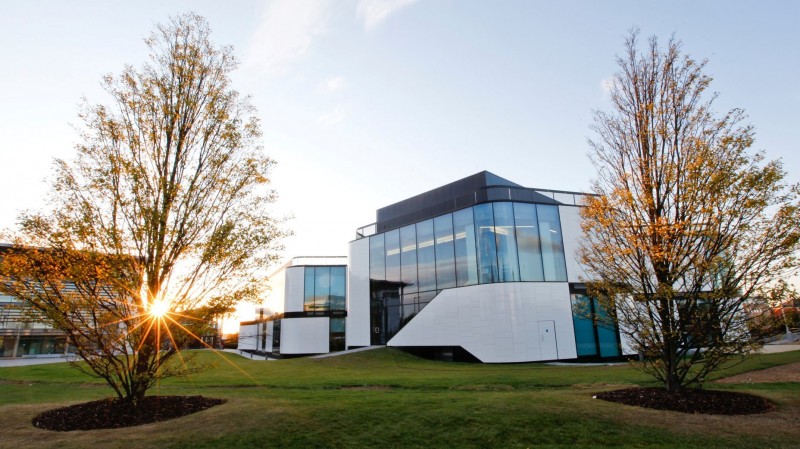PRspective: University of Hertfordshire’s Ann Bruno
 The University of Hertfordshire located in Hatfield is one of the UK’s leading business-facing institutions. Founded in 1952, the modern University campus boasts state-of-the-art teaching facilities for its 27,200 strong student body, and was voted the ‘Entrepreneurial University of the Year’ in 2010 by Times Higher Education.
The University of Hertfordshire located in Hatfield is one of the UK’s leading business-facing institutions. Founded in 1952, the modern University campus boasts state-of-the-art teaching facilities for its 27,200 strong student body, and was voted the ‘Entrepreneurial University of the Year’ in 2010 by Times Higher Education.
It is also one of the many educational institutions in England facing up to the challenges brought about by recession and the 2012 reforms to higher education, including budget cuts and spiraling tuition fees.
The increased cost pressures on top of growing global competitiveness in the admissions space has forced universities like Hertfordshire to look for new and innovative ways to attract students and bolster its career and recruitment facilities. Ann Bruno, media and PR manager at the University of Hertfordshire, talks to Cision about key trends in the education sector and shares the University’s approach in addressing them.
Getting to know the University of Hertfordshire:
What is the primary focus for the University of Hertfordshire today? Our focus is to deliver excellence in higher education to students, and that includes delivering an overall university experience, something that is important in the learning and teaching process.
Our focus is also on building the employability of students – to make sure that when they graduate, they are ready and recruiters find them so.
What are some of the prominent trends in the education sector? The education sector has undergone lots of changes in the last few years. As competition in this space continues to grow, it has become more challenging for universities to attract students whether they are from the UK or overseas. Managing the University’s PR strategy and the overall reputation has become priority.
How has communication and PR changed within the education sector? Communication has changed an awful lot not just in education but across all sectors. It is now important to adopt an integrated approach to your PR and communication strategy because the way we use media has changed. When you are trying to reach out to the younger audience in particular, you have to match how they like to receive information. Although traditional media still plays an important role, we have to adapt to how our audiences like their information packaged.
How have you broadened your use of media platforms? We use a range of social media tools throughout the University. Internally, students have started using social media to communicate with us regarding courses and other queries. Each of our modules automatically generates a unique hashtag that can be used as an additional conversation opportunity for staff and students on our managed learning environment. Once the conversation is out there on Twitter it has a global audience so it means that students discussing their topic in the UK can be heard by anyone listening worldwide – and they can join in. It is great way of adding international perspectives to the curriculum and connecting students to people that they may not otherwise have access to.
Getting to know Ann Bruno:
 The first thing I do when I come in to work is: let everybody know I’ve arrived. I’m a ‘morning everybody’ kind of person and I’m really quite noisy when I get in!
The first thing I do when I come in to work is: let everybody know I’ve arrived. I’m a ‘morning everybody’ kind of person and I’m really quite noisy when I get in!- My biggest social media peeve is: cyberbullying. Social media is a very useful medium but it is unfortunate that it can sometimes be misused.
- What’s all the fuss around: Facebook. I use social media but I don’t particularly use Facebook. Twitter is far better.
- The best thing about my job is: the fact that it is like doing PR for a small town. The scope that my role offers continues to challenge me daily.
- Five years from now you can find me: either still here working in communications and continuing to enhance my education (I am currently studying on a Masters degree programme), or in a beach house somewhere in the Caribbean. To be honest, I’d probably still be here.



Leave a Comment